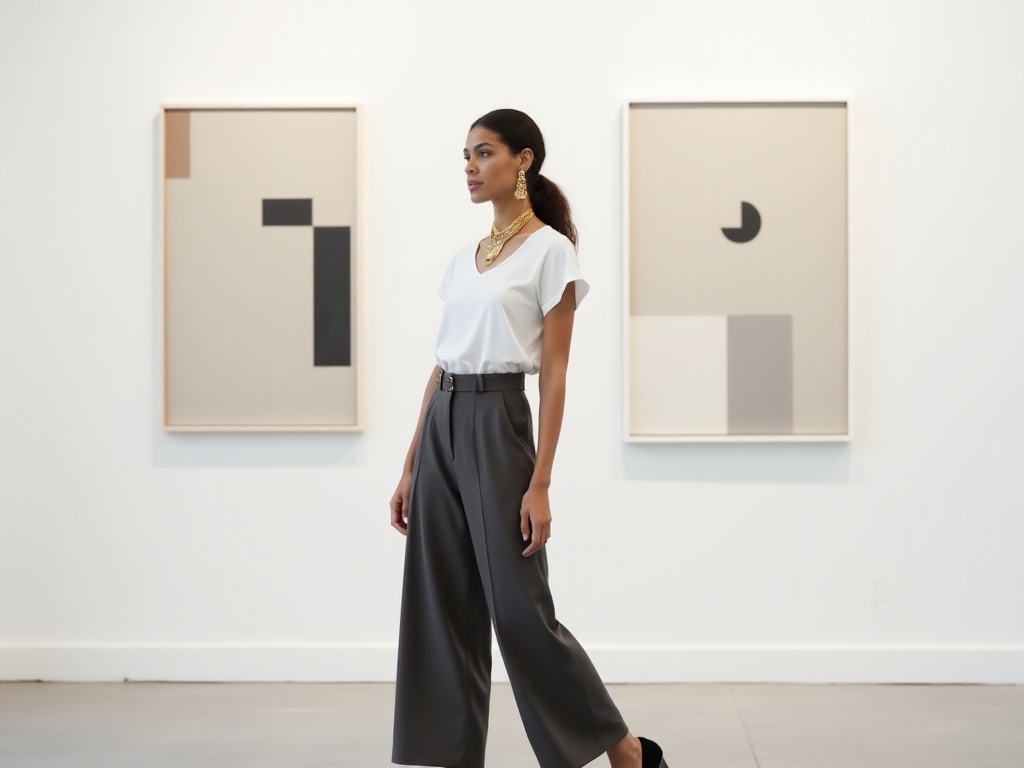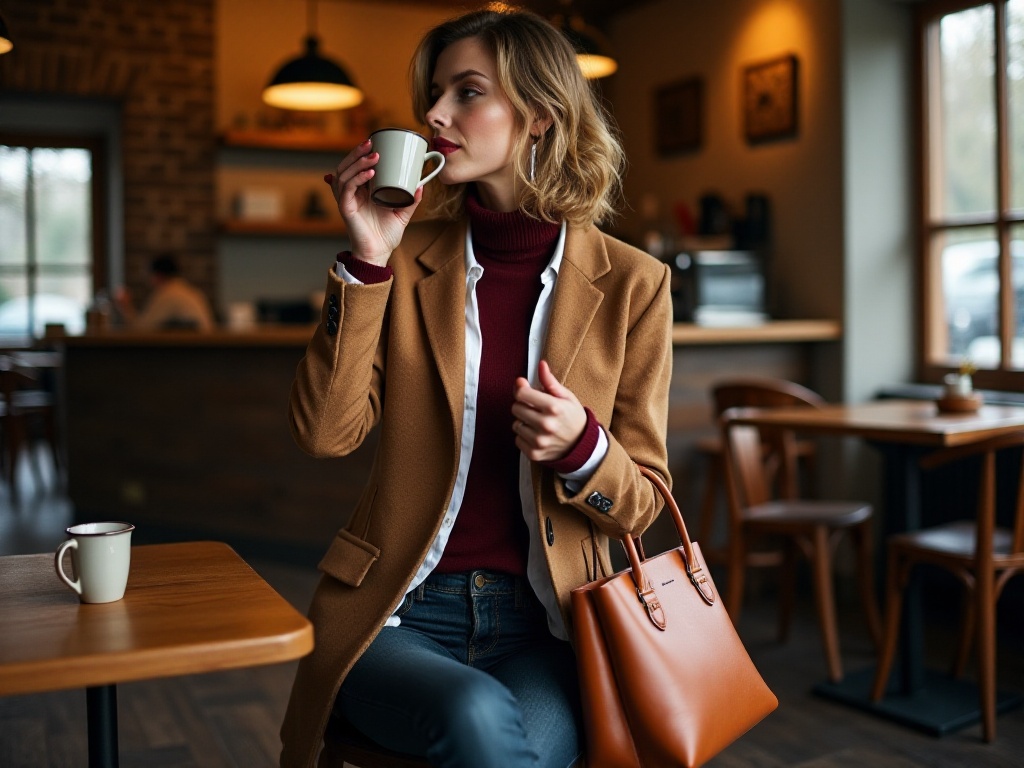Introduction
Standing in front of the closet scratching my head, staring at a wardrobe full of clothes yet feeling completely lost - this feeling is all too real! I remember when I first started working, I would spend at least half an hour every morning in front of my closet, only to end up throwing on whatever and rushing out the door. While shopping, everything looked good, but once I got home and tried things on, something just felt off. Looking at street style bloggers who could effortlessly put together cool outfits, I wondered why I couldn't figure it out.
After years of trial and error, I've finally evolved from a fashion novice to someone who has found their personal style. Today I'll share all the pitfalls I've encountered and the lessons I've learned, hoping to help those who are similarly lost on their style journey avoid some unnecessary detours.
Finding the Right Size
Many people think choosing sizes is simple - isn't it just S, M, L? But in reality, finding the right size might be the most overlooked yet crucial part of styling. I've made plenty of mistakes here. Once, I fell in love with an oversized hoodie that looked super cool and casual on the model. With that in mind, I didn't hesitate to choose a size larger than usual. Can you guess what happened? I looked like a kid wearing adults' clothes - instead of achieving that casual coolness, I just looked sloppy.
Later I realized that even oversized styling has its rules. First, you need to consider your body proportions - if you're not very tall, overly loose clothes can make you appear shorter. Second, you need to maintain overall balance - if you choose a loose top, the bottom should be more fitted, otherwise you risk looking bulky.
What makes clothes well-fitted? I've summarized several practical criteria: First is the shoulder line - for a well-fitted top, the shoulder seam should sit right at your shoulder peak, neither too far in nor too far out. Second is sleeve length - whether long or short sleeves, the cuff position must be just right. Long sleeves should reach the wrist, showing just a small section of your hand; short sleeves should end at mid-upper arm or above the elbow, which looks most put-together.
Pants fit is equally important. Pants that are too tight not only restrict movement but also look inappropriate; pants that are too loose make you look unkempt. Ideal pants should naturally follow your leg lines, allow appropriate movement when walking, and not create too many wrinkles when standing.
Now when I buy clothes, I strictly follow these standards, even bringing a measuring tape to physical stores. Though it might seem excessive, the results are significantly better than before. Once at a friend's gathering, I wore a simple white shirt with jeans, and just because the fit was perfect, I received many compliments.
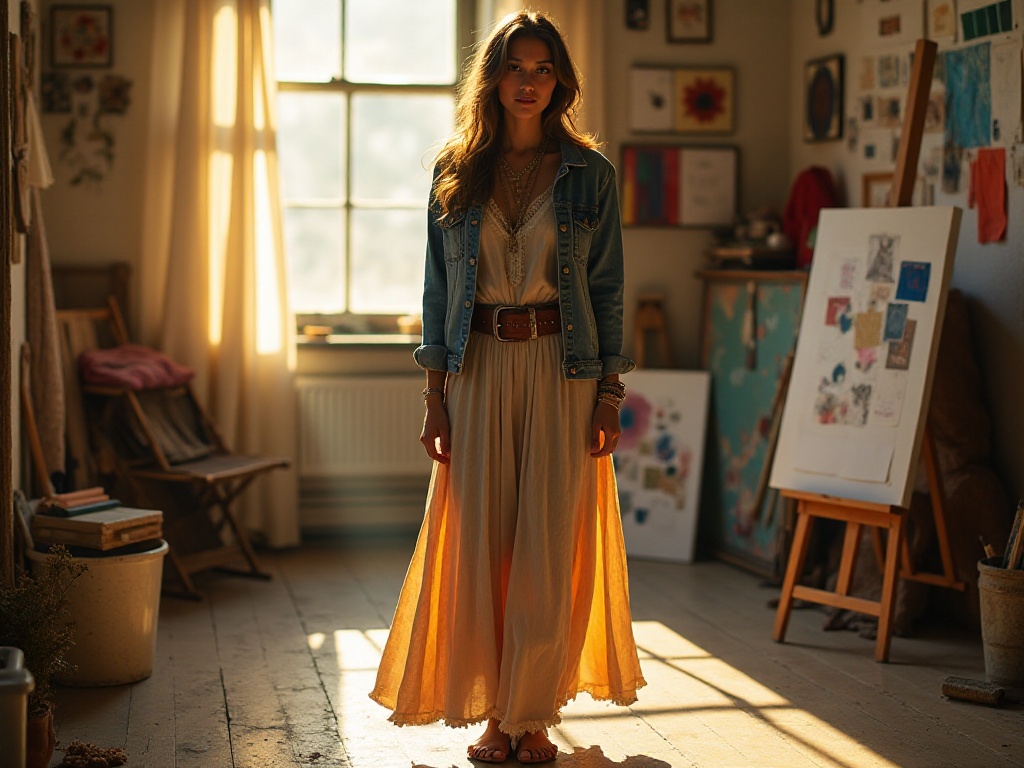
Color Matching Techniques
Honestly, I used to be really intimidated by color matching, thinking it was some profound art. Whenever I saw others wearing various colors harmoniously, while my own attempts at being bold often failed. After years of exploration, I've discovered that color matching actually follows certain patterns.
The most practical is the "60-30-10" rule. Specifically: the main color should occupy about 60% of the overall look, the secondary color about 30%, and finally an accent color at around 10%. These proportions don't need to be exact - rough estimates are fine.
For example, one of my recent favorite combinations: a navy blue blazer as the main color, paired with a beige wool sweater, and accessorized with a burgundy silk scarf. This outfit works well for both office wear and weekend dates. The navy blue conveys professionalism, the beige adds warmth and softness, and the burgundy scarf adds a touch of elegance.
Besides this classic combination, I also like using black, white, and gray as base colors, then adding small pops of bright colors to liven things up. For instance, an all-black outfit with a mustard yellow clutch, or an all-gray ensemble with a royal blue scarf - both can create striking effects.
Speaking of color matching, I must mention an important concept: monochromatic coordination. This technique is especially suitable for beginners because it's hard to go wrong. For example, a camel coat paired with a coffee-colored sweater and khaki pants looks harmonious. Or a blue denim jacket with a light blue shirt and dark blue jeans is also an easy-to-wear combination.
However, note that monochromatic coordination should still include variations in brightness and saturation - you don't want all pieces to be exactly the same color, as that can look monotonous. Appropriate variations in light and dark can add more dimension to the overall look.
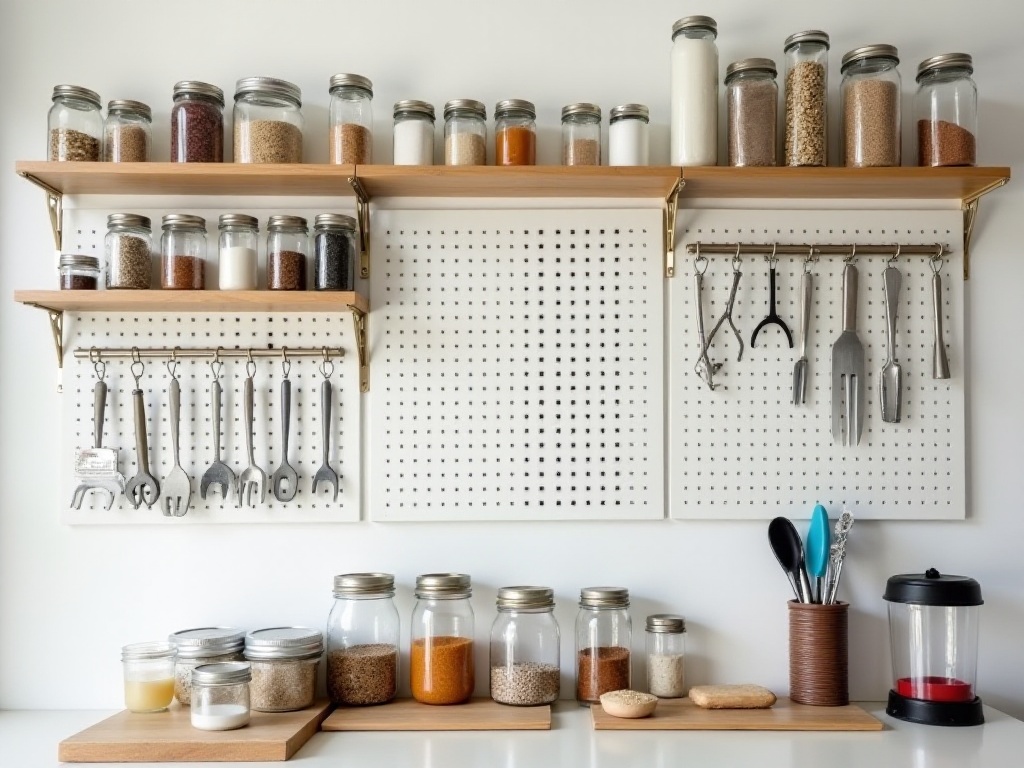
Classic Pieces
Regarding classic pieces, after years of organizing my wardrobe, I've basically formed a "core wardrobe" concept. Rather than accumulating a pile of fast fashion items that might only be worn once or twice, it's better to carefully select a few versatile classic pieces.
Take blazers for example - last year I spent over 2000 on a black wool blazer, which felt quite expensive at the time. But over the past year, I've worn it once or twice almost every week. It works with a shirt and dress pants for work, with a t-shirt and jeans for weekend dates, and even with a formal dress for friends' weddings. Averaging it out, the cost per wear is actually less than my previous fast fashion purchases.
Besides blazers, I think other classic pieces worth investing in include: a well-cut white shirt, fitted black dress pants, versatile leather shoes, and a simple leather bag. These pieces might seem basic, but when the quality is good, they never look ordinary.
I especially like pairing these classic pieces with more designed items. For example, wearing a basic white shirt with a special skirt, or pairing a simple black blazer with a printed t-shirt. This maintains the overall sophistication while avoiding looking too rigid.
Additionally, caring for classic pieces is very important. I now carefully maintain each piece according to its care label, regularly dry clean them, and use professional hangers to prevent deformation. While these all require some time and effort, keeping clothes in good condition for longer is definitely worth it.

Accessorizing
Accessories are truly magical - when used well, they can make even the simplest outfit shine, but when used poorly, they can be excessive. My current principle is: less is more, wear no more than three accessories at once, and maintain a clear hierarchy.
For example, one of my recent favorite combinations: a simple black dress paired with an exquisitely crafted necklace as the main accessory, small pearl studs for earrings, and a simple watch. This combination avoids looking both too bare and too cluttered.
Accessory choice should also consider the occasion. For work, I choose more subtle accessories, like small pearl earrings or simple metal necklaces; for parties or dates, I might choose more dramatic designer pieces.
Additionally, accessories must match the style of clothing. Sporty casual outfits don't suit too many delicate jewelry pieces, but work well with canvas bags or baseball caps as accents; while elegant intellectual looks pair better with refined accessories like pearls and crystals.
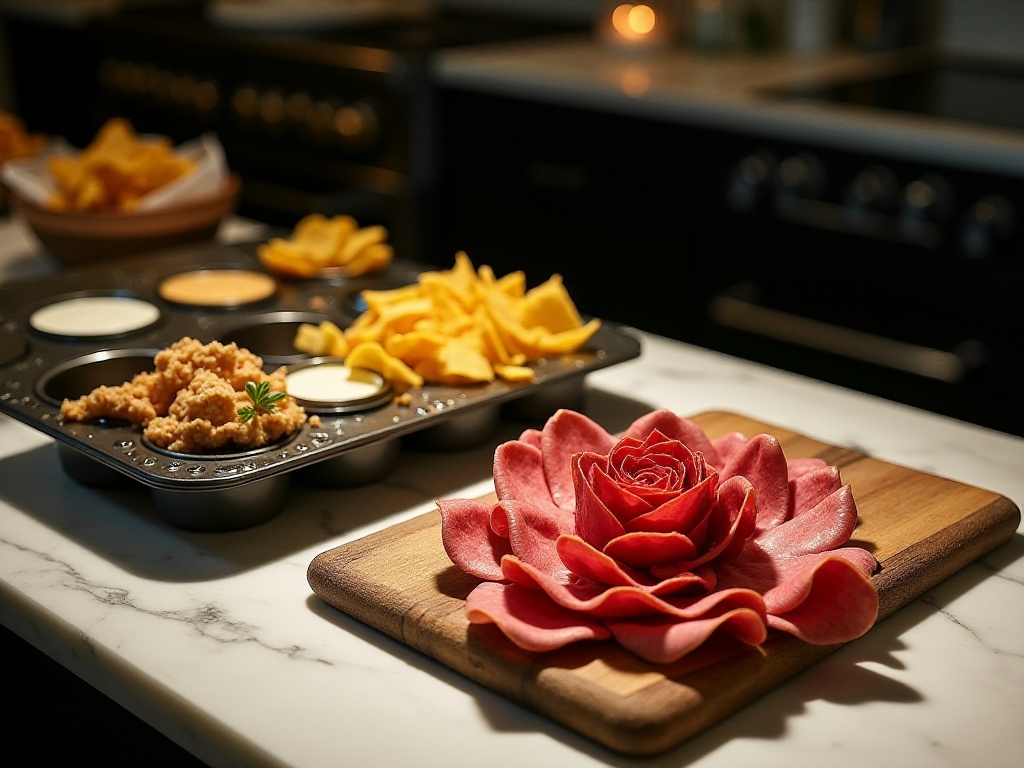
Layering Techniques
Every season change, layering becomes a challenge. When I first tried layering, I always ended up wrapping myself like a dumpling, either looking extremely bulky or with chaotic layers. Later I developed a simple principle: thin to thick, tight to loose.
Specifically, the innermost layer should be fitted clothing, like a form-fitting thermal or turtleneck sweater. The second layer can be a slightly looser knit or hoodie, and the outer layer would be a coat or jacket. This combination keeps you warm while looking slim, with clear layer distinction.
Color coordination is also important in layering. I like using similar color schemes for layering, like transitioning from light beige to camel to dark brown, creating natural harmony. If you want to add some brightness, you can do so through scarves or bags.
Texture matching is also key to layering. Combining different textures can enhance the outfit's quality, like pairing a knit sweater with a leather jacket, or a silk shirt with a wool coat. But be mindful that the thickness differences between textures shouldn't be too extreme.
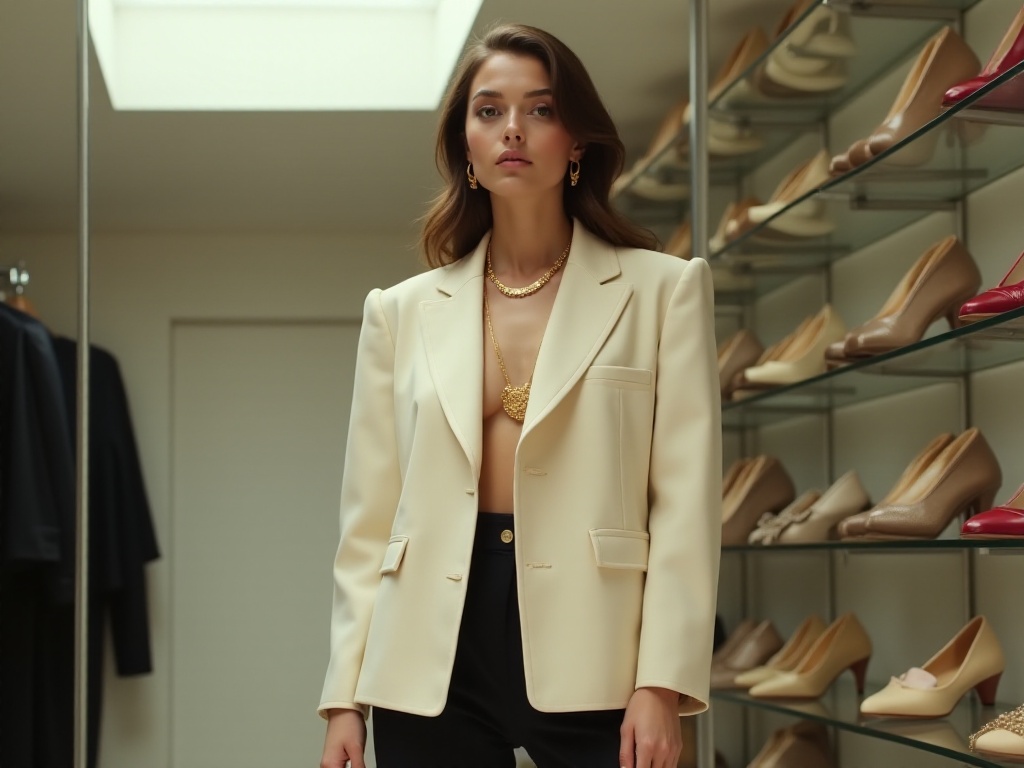
Practical Advice
After years of exploration, my biggest realization is: there's no standard answer in fashion - the most important thing is finding your own style.
My job requires frequent travel and meetings, so my wardrobe is mainly business casual, but I also incorporate some unique pieces to show my taste. For example, adding some indie designer accessories to formal wear, or choosing basics with special cuts - this maintains professionalism while avoiding looking too conventional.
Understanding your body type is important when developing personal style. For instance, I have a pear-shaped figure, narrower on top and wider on bottom, so I choose tops that emphasize the waist and bottoms like A-line skirts or straight-leg pants to better balance my proportions.
Also, lifestyle influences style choices. If you frequently walk or take public transport, practicality becomes especially important when choosing shoes and bags. I rarely buy very high heels, instead opting for comfortable yet elegant medium heels.
Budget allocation is also important. My advice is to spend most of your budget on frequently worn basics like coats and bags that determine overall look. For trendy or seasonal items, you can choose more affordable brands.
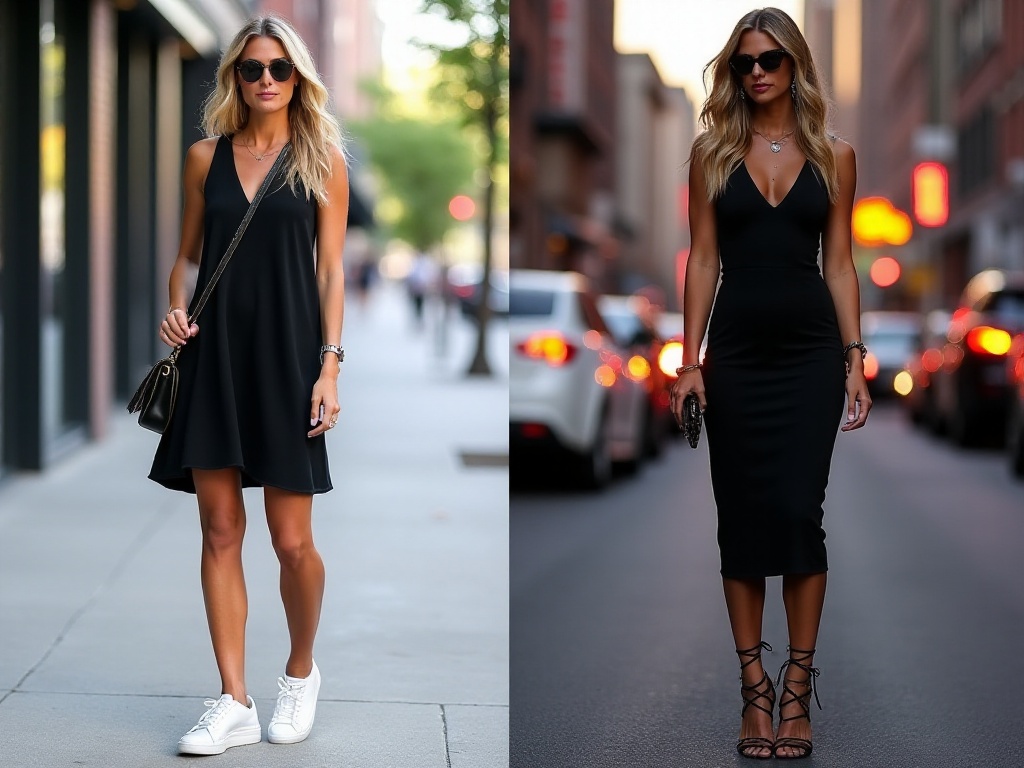
Conclusion
The tips I've shared today are what I've gradually accumulated through years of styling practice. It might seem like a lot of information, but there's no need to master everything at once. You can start with the basics: ensuring clothes fit well, then slowly experiment with color matching, and gradually add accessories.
Everyone is unique - there's no need to completely copy others' style. What's important is finding your own way of dressing through continuous trial and adjustment. Through consistent practice, you'll definitely find your own style path.
Finally, I'd love to hear your styling experiences or specific fashion concerns in the comments. Perhaps we can discuss and find better outfit solutions together. After all, on this styling journey, exchange and sharing help us progress faster.





